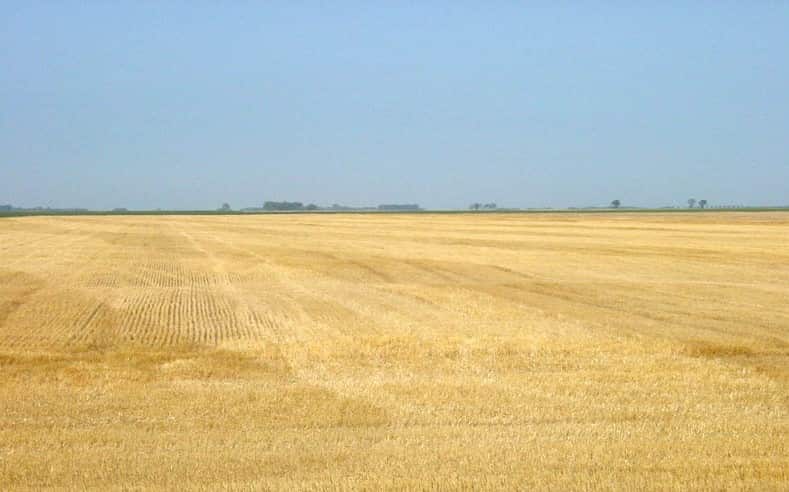Soil Sampling: Critically Important for 2022 Crop Yields

The weather patterns for the 2021 growing season have been unusual, to say the least. Many have compared 2021 to 1988, but those farming in 1988 remember even tougher growing conditions. There were 39 days with temperatures above 90 in 1988 in Fargo and 40 equally hot that year in Grand Forks. Rainfall has been very short for most of ND, SD, and western MN in 2021. Localized areas have experienced short periods of adequate rain. To be sure, weather patterns impact nitrogen mineralization from organic matter, potassium tie-up, and microbial activity. These factors create uncertainty for the 2022 cropping year.
Managing Uncertainty with Soil Testing
Nutrient determination by a highly reputable soil testing laboratory can remove some of the uncertainty facing farmers, the fertilizer industry, and crop consultants planning crop recommendations for 2022. Crop yields will be less than their potential in much of the region, resulting in less nutrient uptake. “How much?” is the big question. Soil testing is the primary tool to provide answers. AGVISE Laboratories is reporting 30-50% of early tested fields have more than 80 lbs. available nitrate per acre based on 0–24-inch samples after wheat. One American Crystal Sugar Company agronomist indicated he had fields to go to sugarbeets in 2022 with over 100 lbs./acre available nitrate. Getting correct results is especially important for crops like sugarbeets, where yield and quality are impacted by nitrogen availability.
Causes of High Residual Nitrate:
- No soil nitrogen loss due to leaching or denitrification due to dry conditions
- Good mineralization early under warm wet surface soil conditions
- Roots need water to access nutrients; very dry soils made positionally unavailable nutrients in the top 1, 2, or even 3 feet of soil
- Low crop yields require fewer nutrients
Soil Sampling Fields Well is Crucial
Fertility management for next year will only be as good as the soil sample obtained. Error is much more likely to occur because of sampling problems than in the analytical laboratory. Ideally, sample fields after wheat before tillage is done. It is challenging to get sampling depths correct after tillage. This is especially true if the field tills up in a very cloddy manner. Minimal tillage should be required after soybean harvest allowing for very good sampling conditions. The 0–6-inch depth is especially critical for P, K, and micronutrients. P values change slowly from year to year. K, on the other hand, can be tied up with droughty conditions. Sampling at the same time each late summer or fall for K is advisable if possible.
Utilize zone soil sampling where possible for best results for many fields. Zones previously used will probably be most reliable. Zones from this growing season’s parameters may not be beneficial due to the severe drought of 2021.
Select the Best Laboratory Possible
AGVISE has a long track record of providing accurate fertility recommendations based on university research. If other laboratories are selected, be sure they can provide timely and accurate results for the best 2022 fertility management program possible.
What to do with Test Results
Residual soil test nitrate nitrogen is valuable—manage it for your rotational crops. If fields test high in nitrate, plant a crop after wheat that readily responds to nitrogen. Corn, sugarbeets, canola, and sunflower will utilize this nitrogen efficiently—more so than soybean or other legumes. If fields have 60, 80, or even 100 lbs./acre residual nitrogen, it is worth about $30, $40, or even $50/acre at todays' prevailing nitrogen prices. Utilize this residual nitrogen to reduce the 2022 fertilizer cost.




